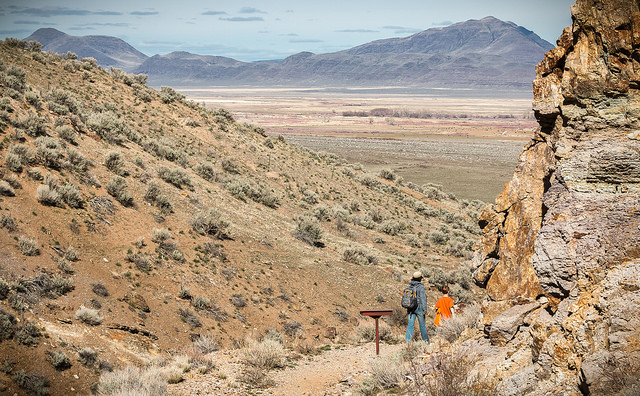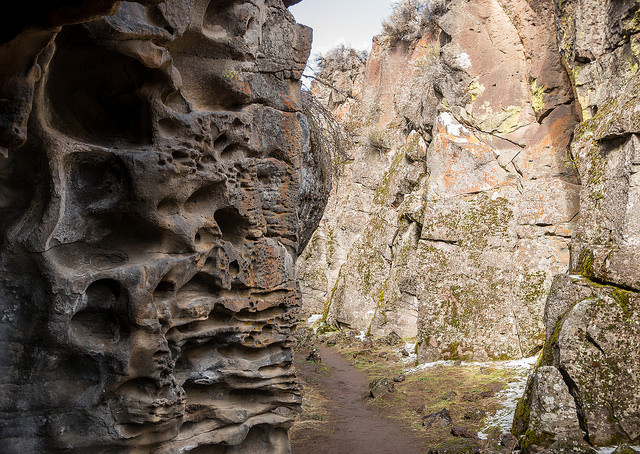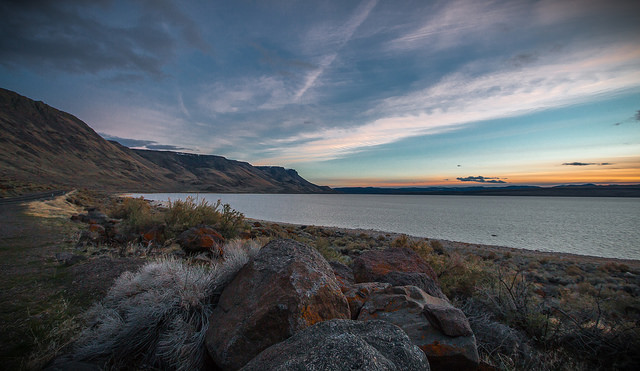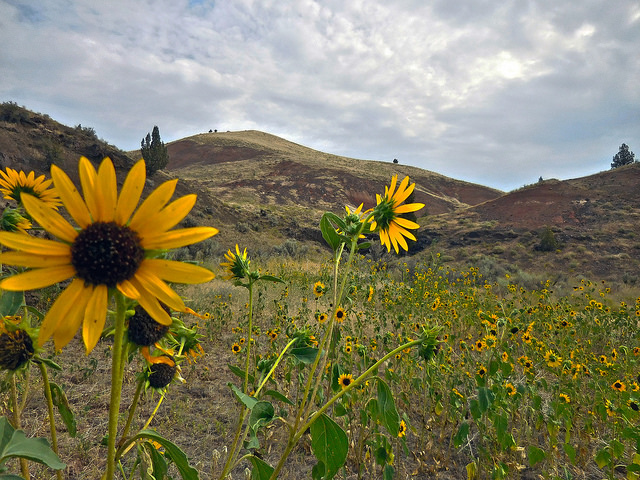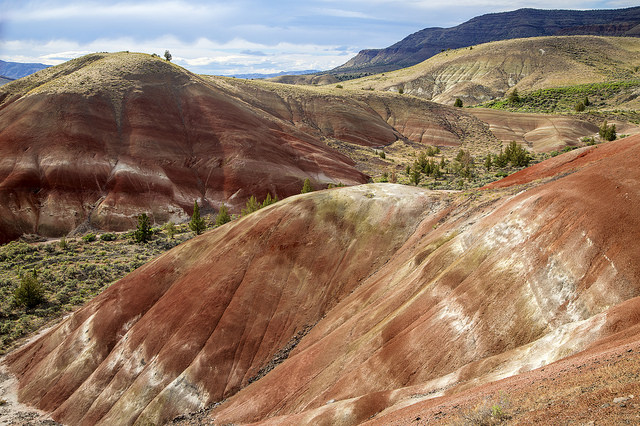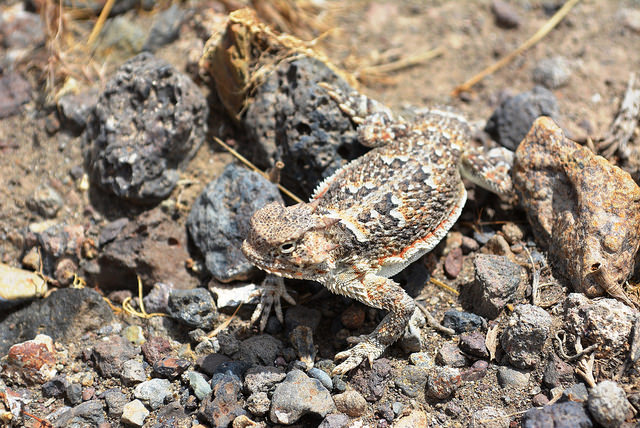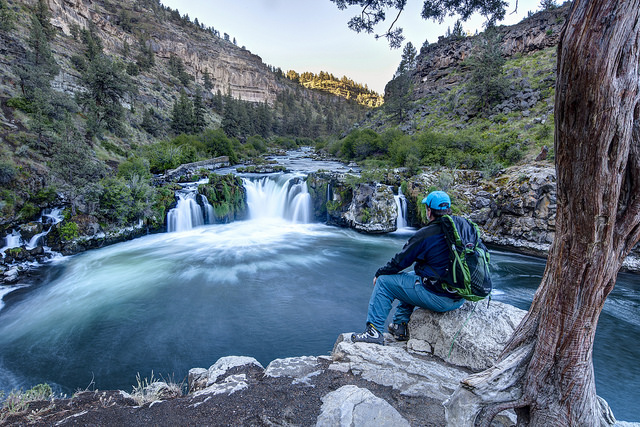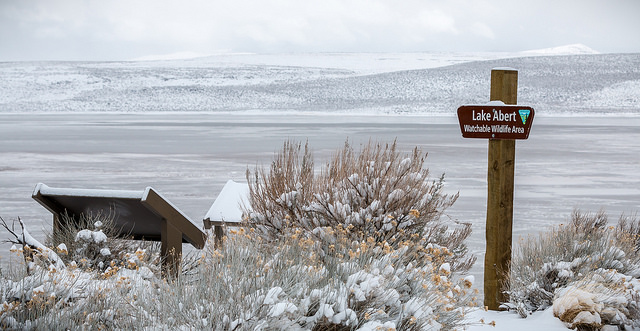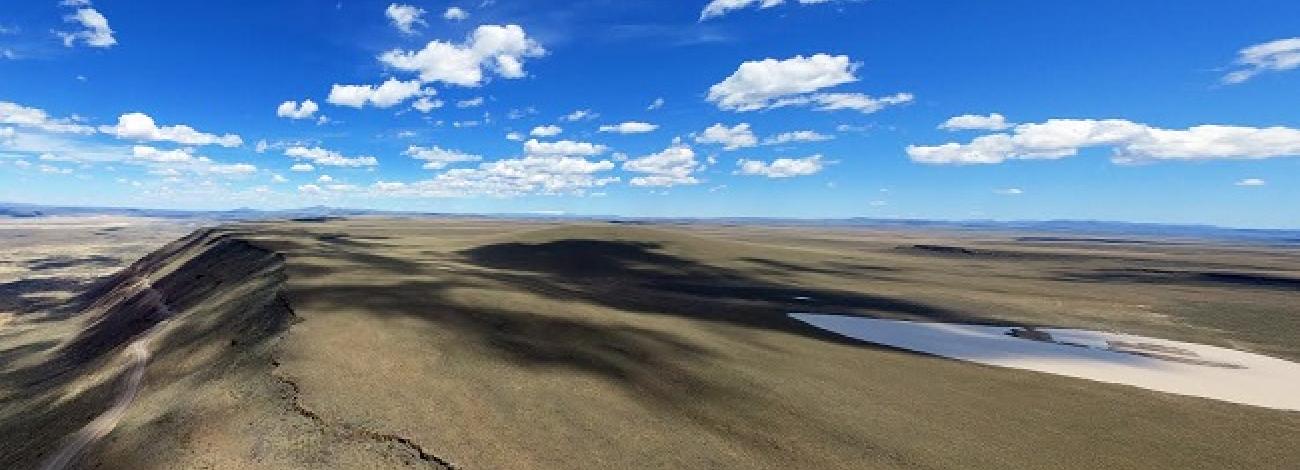
Sheep Mountain Wilderness Study Area
The Sheep Mountain Wilderness Study Area (OR-6-3) is located along Oregon State Highway 86, 65 miles northeast of Baker City, Oregon, and 15 miles east of Halfway, Oregon, in Baker County. The community of Copperfield is 1.5 miles north of the WSA.
The WSA contains 7,040 acres of BLM land and encloses two private parcels of private land totaling 200 acres that are located in the north-central portion of the study area. The WSA is almost entirely surrounded by private land; public land borders the southeastern portion of the WSA for 2.5 miles. It lies 0.5 mile southeast of the Homestead WSA (OR-6-2) and Hells Canyon National Recreation Area. At the study area’s longest point, the area is 6 miles from north to south; its width varies from 3 miles wide at its southern boundary, tapering to 0.25 mile wide on the north.
Dominating the WSA is Sheep Mountain, which rises 3,230 feet above the Snake River. The study area is bordered on the west and northwest by the Pine Creek drainage which forms a dramatic vertical ascent. The slopes of the area are extremely steep to the west, north and east. Due to the steepness of the slopes in the WSA, most riparian zones are in good condition and are well vegetated with a variety of woody plant species.
The plant community on a flat bench area on top of Sheep Mountain is composed primarily of big sagebrush, snowberry, buckwheat and bluebunch wheatgrass. Grassy slopes consisting of Idaho fescue and bluebunch wheatgrass are found on the south and west aspects adjacent to the flat. In the flatter areas of the steep draws old growth ponderosa pine and Douglas fir are present, covering about 233 acres.
The WSA is within an area that has been designated an Area of Critical Environmental Concern (ACEC). The ACEC contains outstanding scenery, wildlife and bald eagle habitat.
The WSA was studied under Section 603 of the Federal Land Policy and Management Act (FLPMA), and was included in the Final Oregon Wilderness Environmental Impact Statement (EIS) filed in February of 1990.

